Blogs and Free Resources
Here at РЎтттЅКУЖµ, our mission is to provide professionals like you with FREE practical and valuable tools, strategies,
and resources to assist with the great work you do. Find expert tips, helpful worksheets, demonstration videos, CE, news,
and more here. Happy learning!
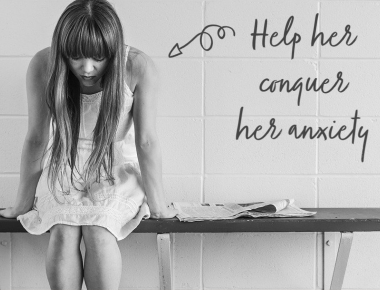
Free CE Seminar: CBT for Anxiety and OCD
Do you want to dramatically improve outcomes for your clients?
It starts by asking the right questions to get the right diagnosis. You can learn more and earn free CE online seminar.В
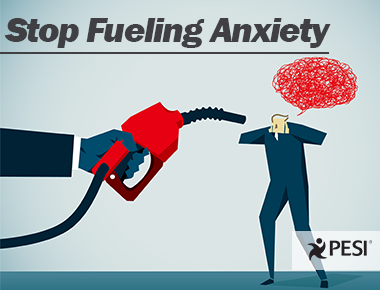
How You’re Fueling Your Own Anxiety And How to Fix It
Have you noticed that when people tell you “relax” or “calm down” you only feel more agitated and may even feel like flipping them off? Yet we usually give ourselves the same advice as we try to quiet the thoughts in our head. How do we address our anxiety without making it worse?
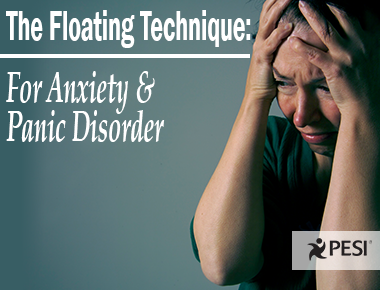
The Floating Technique: For anxiety and panic disorder
The floating technique includes four steps and can be used with both adults and children struggling with anxiety and panic disorder. Learn more in this short video with Paul Foxman, Ph.D.
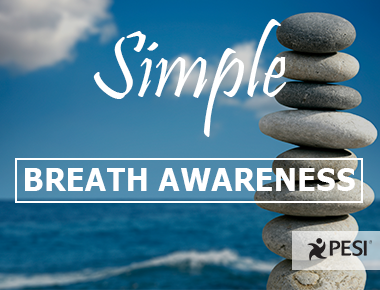
Simple Breath Awareness: An exercise to fight stress, anxiety and insomnia
You can use this simple breath awareness exercise from the classic text, “The Yoga Sutras of Patanjali," in a therapy session to help the client direct their attention to internal states and balance their autonomic nervous system.
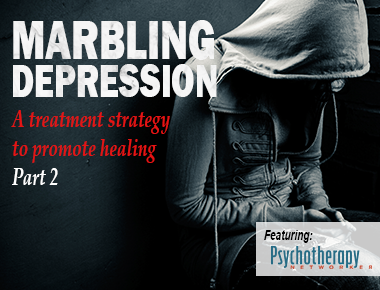
Out of the Tunnel: A Series on escaping the path of depression—Part 2
What happens when you ask your depressed client to help you map out not only the contours and geography of their suffering but also their competence and better moments? You get a new strategy for treating depression: marbling.
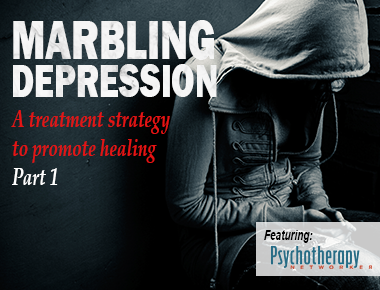
Out of the Tunnel: A Series on escaping the path of depression—Part 1
What happens when you ask your depressed client to help you map out not only the contours and geography of their suffering but also their competence and better moments? You get a new strategy for treating depression: marbling.
Join us for part one of our two part exploration of "marbling" from expert Bill O'Hanlon.
Join us for part one of our two part exploration of "marbling" from expert Bill O'Hanlon.
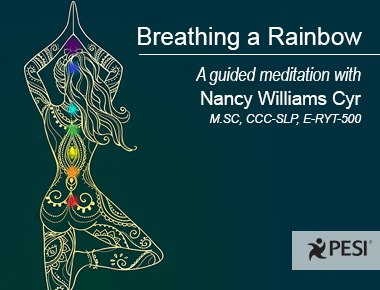
Breathing the Rainbow: A guided meditation
When the energetic body isn't balanced, we can experience a sense of irritation, anxiety or lack of balance. When you start to feel anxious or irritated, taking a few minutes to realign your chakras can help calm the body. Here's a guided meditation you can practice...
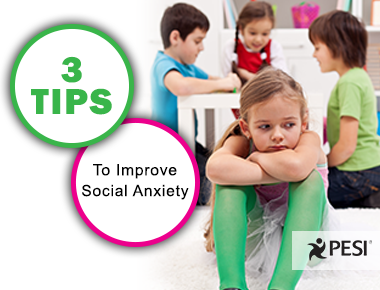
3 Tips to Improve Social Anxiety in Young Children
Social anxiety in children can be rather disruptive for a family, therefore having a few cognitive-behavioral activities and resources to quickly offer a family can be of great help to a clinician or school psychologist. Here are three ideas, based in cognitive science, written as a handout for parents, so you can simply print it, discuss it and then provide more individualized strategies as well.

